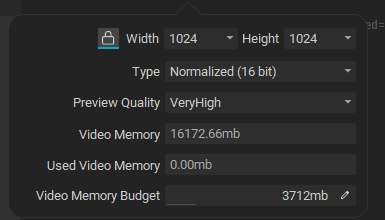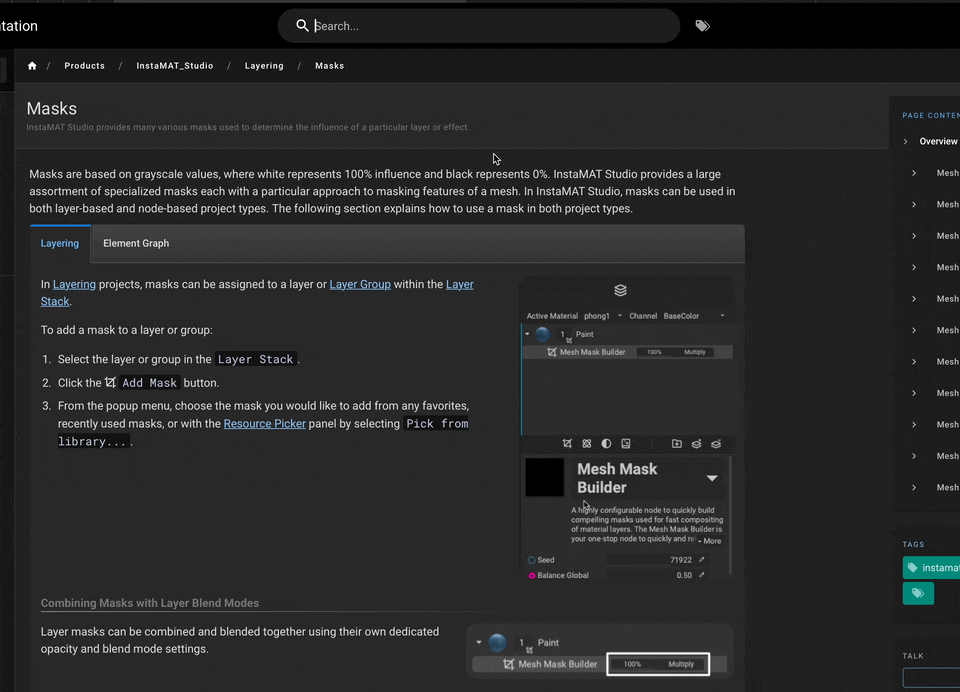Bit unfair to just sum up my first impressions like this after only spending 15 minutes with it, but here we go anyways…![]()
- Documentation is a bit hidden away. I don´t even remember how I got to it, just starting from the main abstract site.
Which is a shame, because its quite good already!
Its easy once you got it installed, I was just trying to get some info while downloading/installing.
Only think I´m not liking as much within the documentation: I´d prefer a bit more left-panel-chapter-navigation. Right now the left panel only covers the big chapters, all the details are kind of having you move through what peaks your interest.
I´d prefer it if I could click through each item from the left panel in a more organised fashion, especially when I want to quickly find specific information. - I´m most interested in texture painting, so I just grabbed a metahuman head I had lying around and there was my first issue:
I had nothing prepared of course, so it came in with a couple of lods.
I couldn´t find any way to get rid of them, maybe I haven´t found it yet, but if its not in there yet:
An option to pick which part of an fbx you wanna paint on would be great. - I also couldn´t find a way to directly access or only paint on certain materials of the mesh.
That probably exists and also I really didn´t get far, I started on the head material, so I couldn´t even really see wether it also painted on the eyes, which would have been a different material… - I got a crash when switching resolution from 1024 to 2048.
I´ve only tried it on my laptop that only has an rtx 3050 with 4gb ov vram.
Like I said, I only had like 15 minutes til the crash, but it already looked pretty promising in terms of speed and usability, looking forward to test some more!



